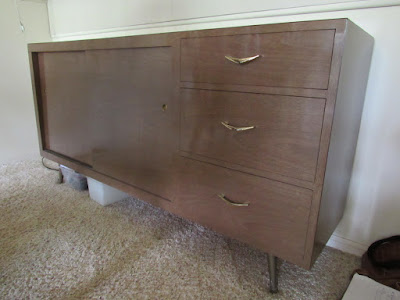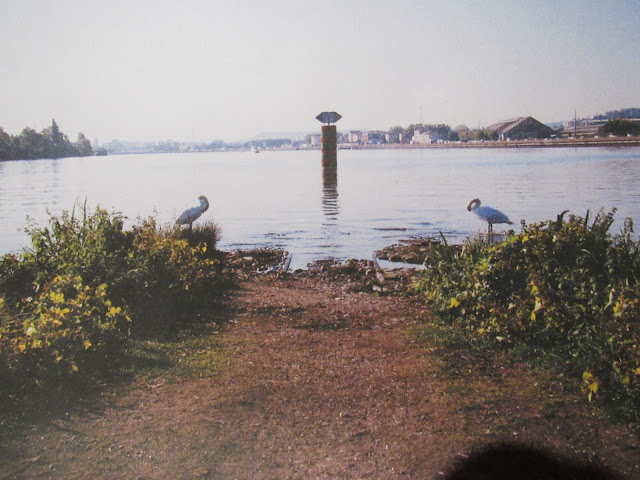Something fantastic has happened to me: I will move to France and be a part of a three-person team that directs and manages the Sisters of St. Joseph International Centre in Le Puy. The Centre sponsors retreats, pilgrimages, conferences, and visits from guests.
The sisters were founded in Le Puy in 1650, and they have branched out to congregation all over the world--including the community at Nazareth.
Since I will be gone for 2-4 years, I'm selling my furniture.
Check out the following items and if you are interested in a piece or two or three, please contact me through a FaceBook private message.
Queen-size futon couch (73.5” x 34") that can fold out into bed.
Cover included
$250
SOLD
Two
futon chairs (32.5” x 33.5”) with frames that fold out flat
$50 each
SOLD
Coffee
table with slats – 42” x 27.5”
free
SOLD
Amish-style claw-foot round oak table on a pedestal 54.5” with two 12” leaves and five matching chairs
$250
SOLD
Set of antique dishes – red floral pattern
$35
Antique mahogany
corner cabinet 69” high
(top) three shelves
glassed in;
(middle) drawer 4” deep
(bottom) two shelves enclosed
$100
SOLD
1960s vintage formica
buffet 60” x 15” with two sliding doors, two interior shelves and three drawers
$65
SOLD
Antique oak
Singer sewing machine with foot pump (34” x 16”)
$25
SOLD
Vintage 1940s-style enamel kitchen table 24.5” x 29.5” with leaf and four vinyl-covered chairs
$75
SOLD
Formica
table (without drawers) with removable steel legs
59.5” x 29.5”
$25
SOLD
Adjustable height formica table (36” x 30) with metal legs (no drawers)
$20
SOLD


















































